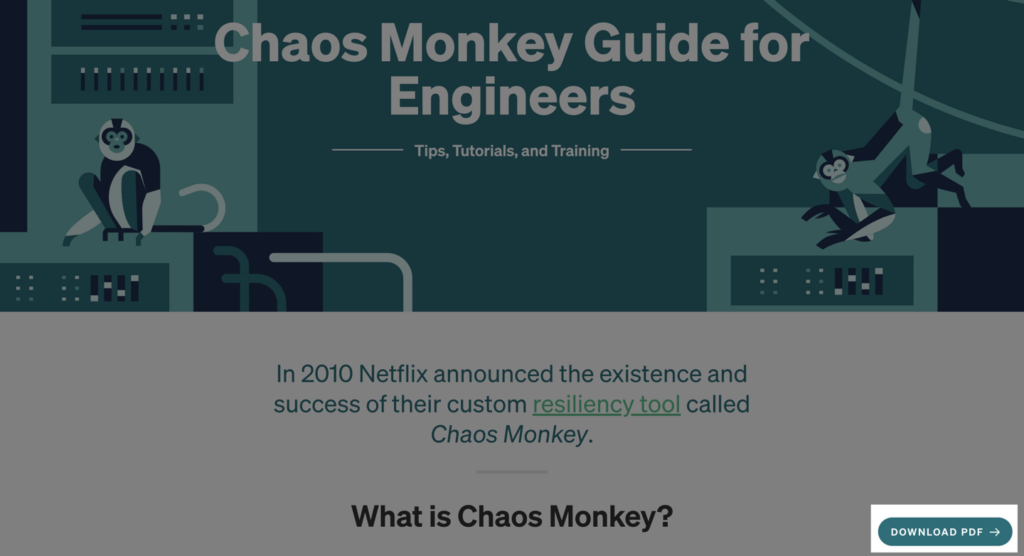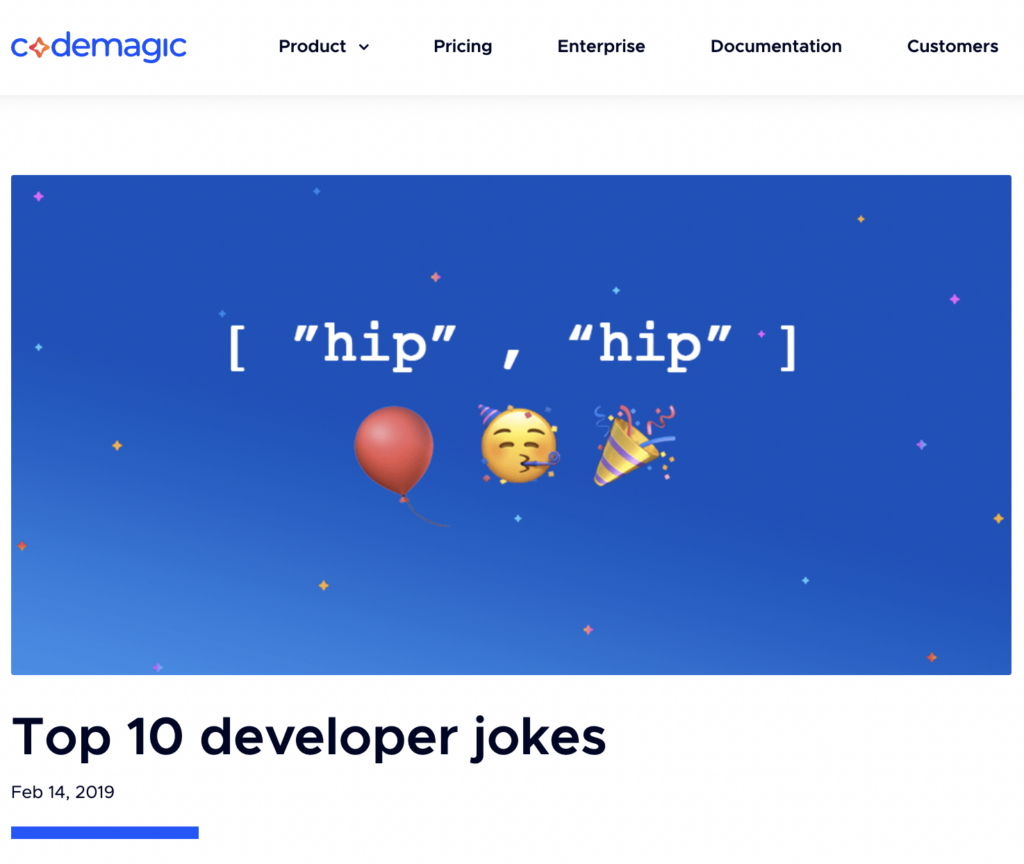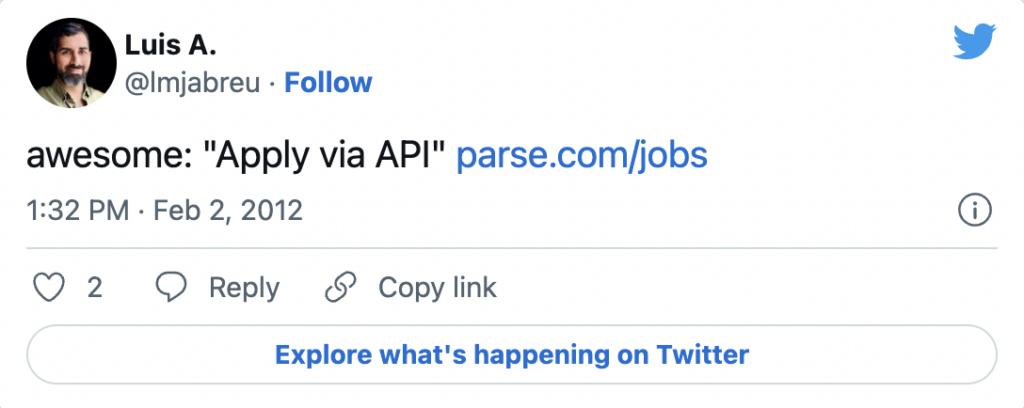Though we’ve said Developer Marketing Does Not Exist, the fact remains: the marketing department usually does exist in dev-focused companies. You want to show your progress, which means tracking metrics. Ideally, you’d have some measure for developer trust or happiness. Since analytics tools don’t quite support those, you look for other ways to report success. As you do, beware vanity metrics that can point you in the wrong direction. We’re all seen social posts that make an outrageous claim, which can easily be refuted.
Something like:
There are no words in the English language that start and end in “o.”
The comments of these posts are filled with examples like ouzo, oregano, and overdo. That may look like real engagement to the algorithms, but it’s not going to provide any lasting impact. Vanity-driven developer marketing uses similar tactics to increase the metrics that make you feel good. In this post, we’ll show how common metrics can be abused and provide two factors to include to better track your developer engagement practice.
The Most Important Developer Marketing Metric
The path to vanity-driven developer marketing is clear. An organization looks to marketing to supply growth. You can’t measure your progress with metrics. So, you choose a single key performance indicator (KPI) and begin the work to optimize this number. Some common choices include:
- Unique visits
- Page views
- Sign-ups
- Email addresses
While there is nothing wrong with including these metrics, they’re more useful in combination with others. Individually, they can be manipulated.
For example, unique visits do nothing to track the value of a visit. You wouldn’t turn your company blog into celebrity gossip, would you? Doing so would potentially increase your visits, but it would not help you better serve developers—except for those keeping up with the Kardashians.
Page views can be manipulated similarly. Worse, this metric might encourage multi-page content, poor navigation, or other user-unfriendly methods to eke another view out of a session.
Even sign-ups can be abused. All you have to do is take something desirable and put it behind a login. But a helpful guide, an interactive tool, and product documentation will gain more developer trust when not gated.
Gremlin’s Chaos Monkey guide is 18,000 words of valuable developer education. And it’s completely public. If you want to download to read later, that is gated. Gremlin gives developers the choice.
How much better are the signup and email addresses with this approach? Likely fewer “burner emails” from temporary or spam accounts. And certainly, there’s higher developer trust.
One strategy to keep yourself honest with your KPIs is to include some developer intent in the content that you produce. While you shouldn’t put your product first, see whether you can make a connection to the problems it solves.
Choose Relevance Over High Volume
The pull toward vanity-driven developer marketing is strong. Developer intent is the antidote that will keep you focused where it matters. You’ll need to ignore the appeal of large numbers in exchange for high relevance.
To understand developer intent, consider this blog post of developer jokes:
According to SEO tools, thousands search for terms every month where this post ranks well. With only unique visitors or page views as a metric, this collection of chuckles would look like a success.
But ask yourself:
- How many visitors are likely to ever try your product? There’s no next step from jokes to your developer product. There is zero developer intent.
- How many visitors are developers? There’s a good chance that most searchers want to make a developer laugh, which does not make them developers.
In SEO, it’s important to understand “search intent.” You look at the current results and see how Google thinks a query should be answered: with list posts, product pages, deep comparisons, something else?
Developer intent is search intent applied to developers and taken beyond the results page. How likely is the searcher to be ready to write some code or learn a technical topic? When you put yourself in the mind of the developer, such as by following the P.A.T. pattern of great content, you will create content to attract, engage, and retain developers.
So, given what we’ve seen about developer intent, consider this question: Would you rather be the top search result for 100 searches per month or 1,000? Not enough information right? You need to know how relevant each of those searches is to the type of developer you want to reach.
What if the larger number were 10,000 and it came all in one day? Again, you’d want to assess the relevance of the developers, the topic, and the referral source. That said, it’s usually a good long-term strategy to choose the smaller, recurring traffic, as we’ll see in the next section.
Choose Evergreen Over Spiky Growth
It’s a natural desire to chase page views. To that end, many developer marketers set their sights on Hacker News to deliver a viral hit. Having been there many times, I can confirm it feels good. Also, sadly, I should acknowledge that the effects are fleeting.
Once, as the editor of ProgrammableWeb, I had a post amass tens of thousands of views in just a few hours. It was a Thursday afternoon and I was writing up the day’s round-up of API news. One item caught my eye:
Several years of experience as a journalist said this was its own story. I quickly typed it up and published in about eight minutes. When it was shared on Hacker News, it quickly jumped to the top of the front page. Our analytics chart was unreadable for months following that flood of traffic.
For a publication built on sponsorship revenue, you bet that was a Good Thing. The startup, Parse (who later sold to Facebook), got a lot of attention and applicants. They probably saw a lot of the right developers sign up, too… so, why shouldn’t you chase those page views?
Firstly, it’s one-time traffic, so you’ll have to repeat this success frequently. That’s hard to do with certainty. Even if you could, it’s unlikely you would want to. The sort of developer who is trolling Hacker News (or similar forums) on any given day is looking for a quick look-see before moving on to the next thing. You’d be lucky to find a couple hundred developer signups within even 100,000 views, unless the message was truly compelling—and you might get only one shot at that, such as a product announcement.
Most topics that are a fit for virality are not going to be relevant to your product. This is especially true if you want to achieve surges of interest with any regularity. You’ll start scraping for the things that get the most attention rather than the right type of attention.
The reality is that most dev-focused companies need a relatively small number of the right developers to discover them every month. The evergreen topics with high developer intent will beat out those spikes of disinterested traffic.
Play Engagement-Driven Developer Marketing
When you avoid vanity-driven developer marketing, you can stop chasing ineffective page views, meaningless visits, and spiky analytics charts. Instead, you embrace authentic content that attracts the right developers.
In many ways, it’s a harder path, but it’s worth walking. EveryDeveloper can be your guide on this journey, as you discover what it takes to reach more developers. Reach out to our team to discuss the ways we can work together.



